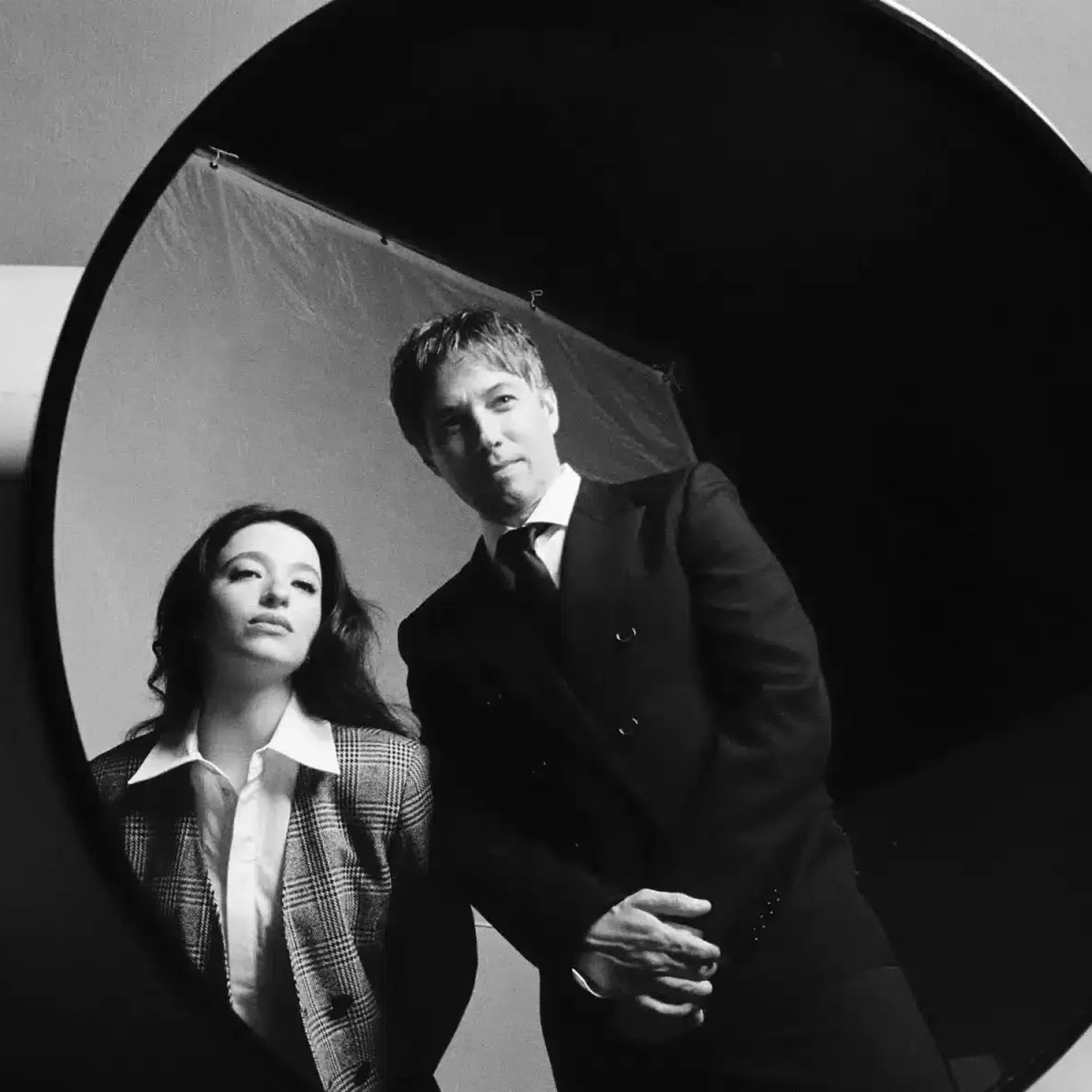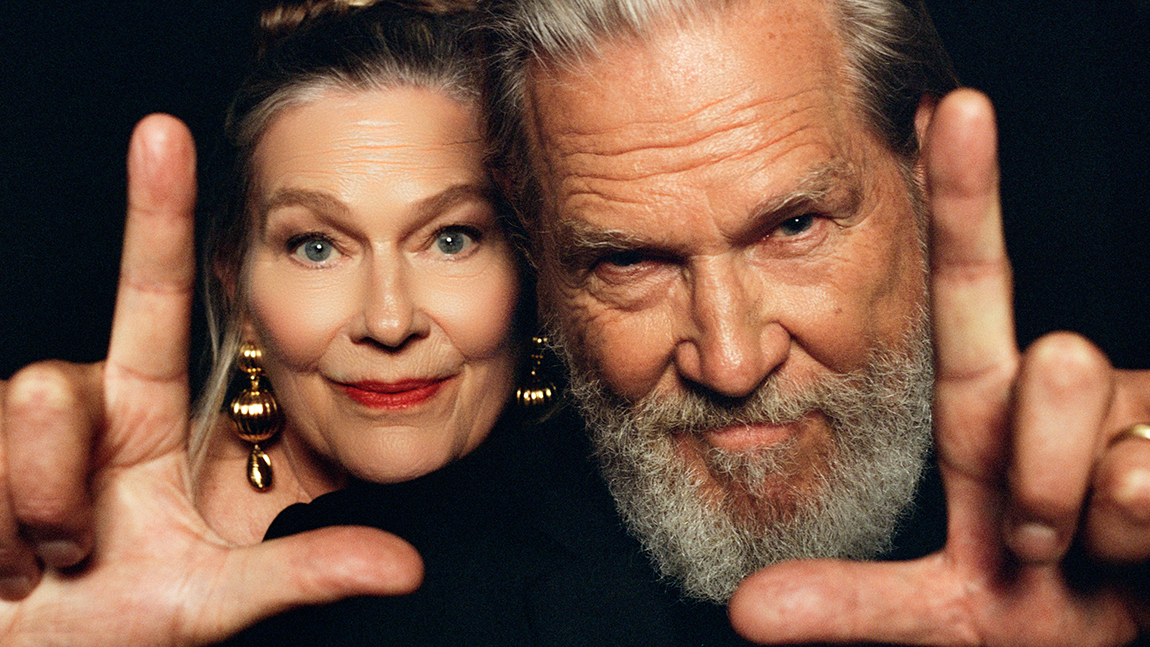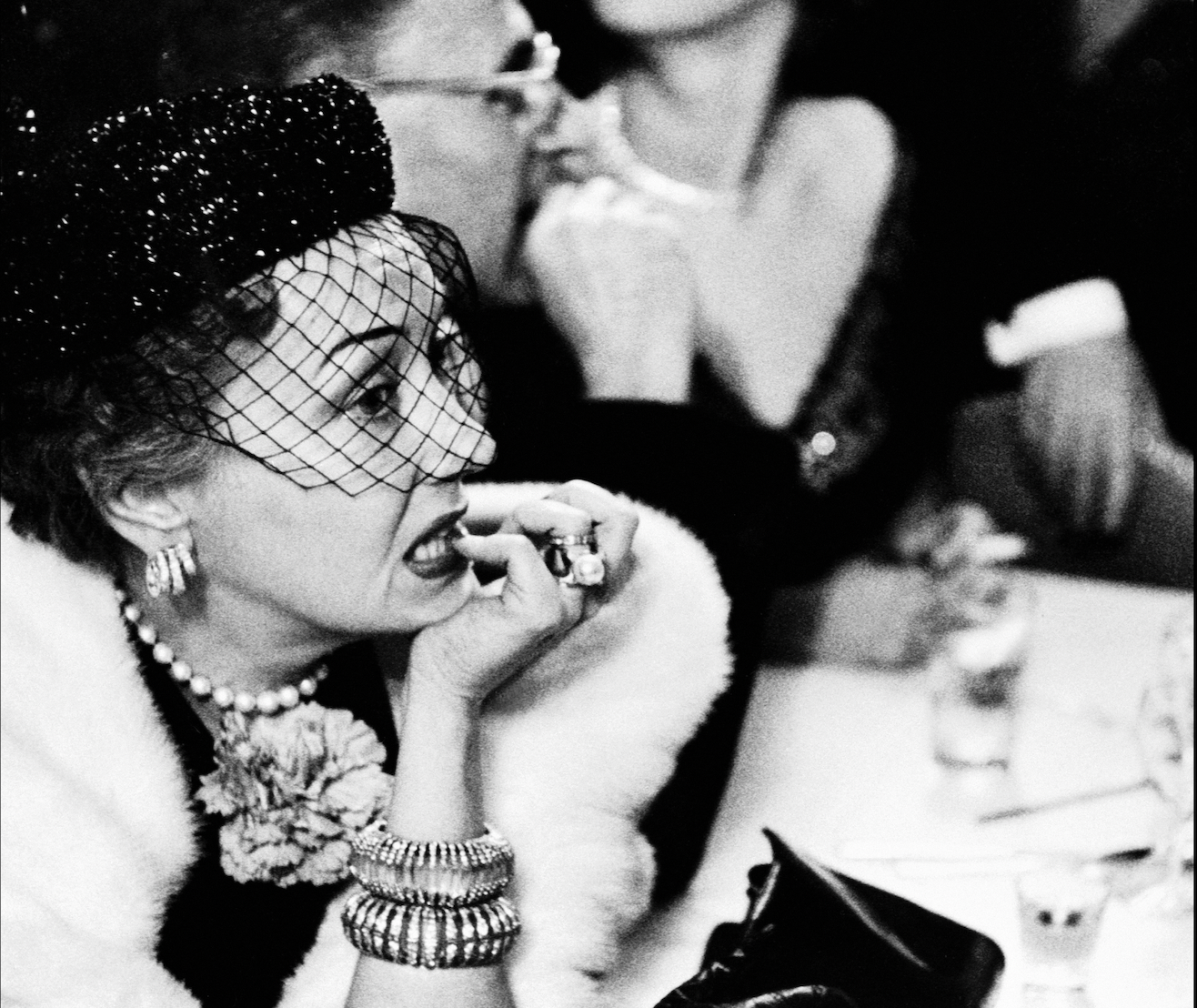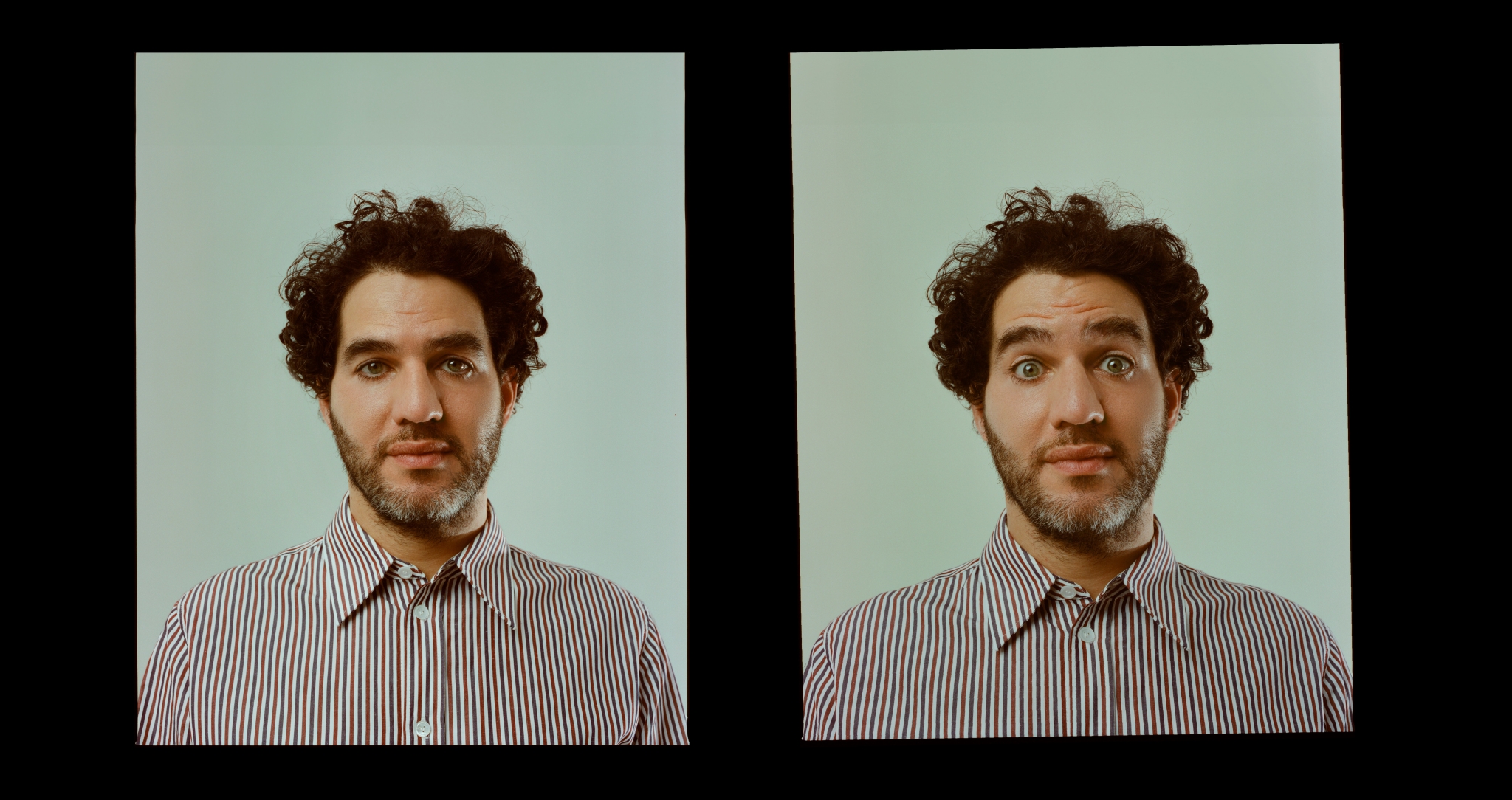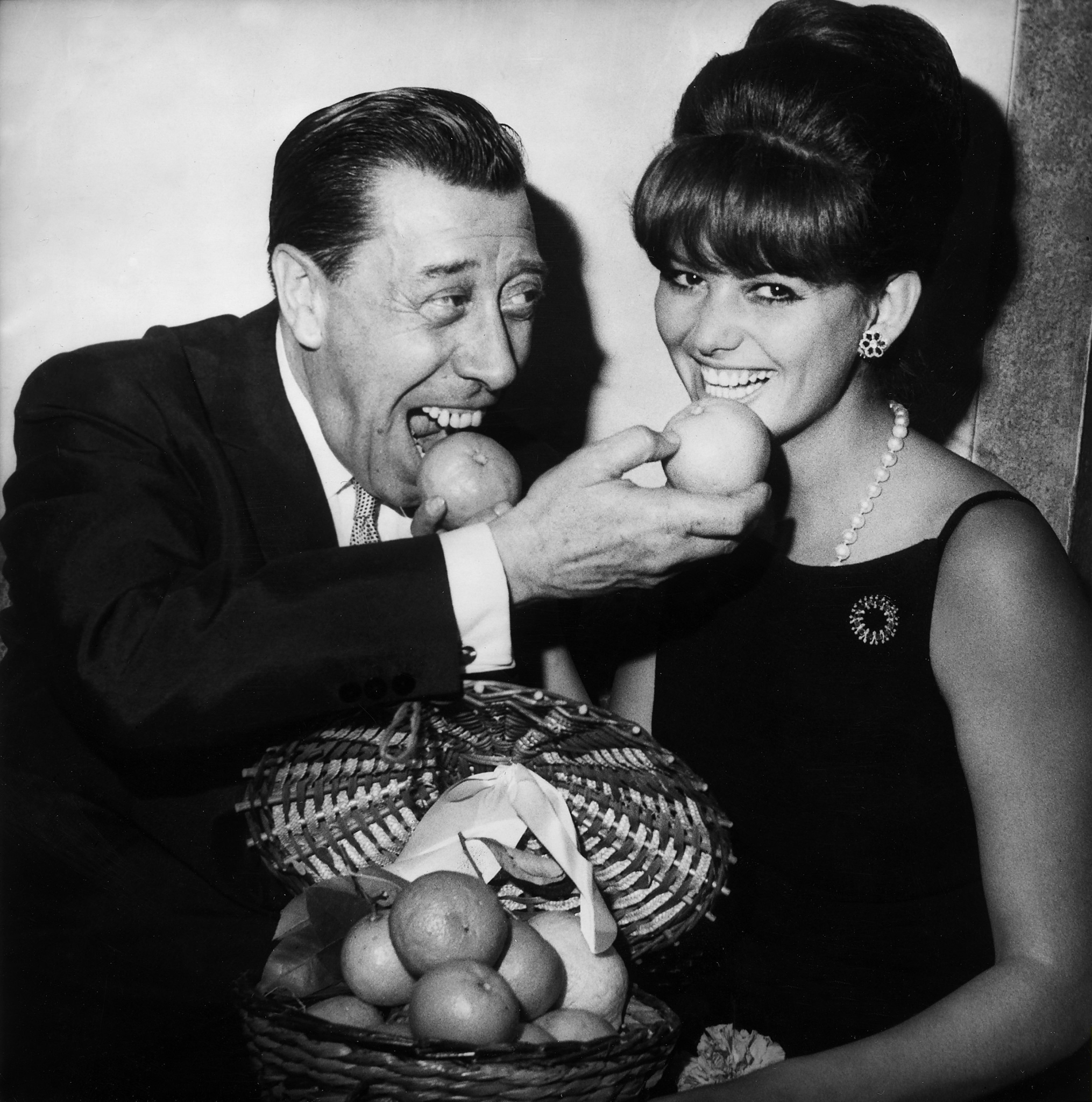
French king of comedy Fernandel found artistic harmony with director Marcel Pagnol, rooted in their shared understanding of Provence, where they were raised.
For French cinema-goers of the 1930s to around the 70s and likely beyond, the image of a smiling Fernand Joseph Désiré Contandin, known by his stage name Fernandel, would have been instantly recognisable: teeth protruding out like a stallion; a row of large gums peeking out under his top lip; the corners of his mouth stretching upwards to make the shape of an upside-down triangle on his oblong, almost moai-framed face.
Known for decades as the reigning king of French comedy, performing in vaudeville, operettas, and over 160 films (even directing a few himself), there’s no true way to boil Fernandel down to just one aspect of his work. If you had to, it might be his international star-making role as Don Camillo in the beloved comedy franchise of the same name, following the clashes between Camillo, the spiritual leader of a small French town’s Christian party, and Peppone, the leader of the town’s communist party. His most high-profile work was Michael Anderson’s Around the World in Eighty Days (1956), in which, though he was nowhere near top billing (among a jam-packed Hollywood ensemble of David Niven, Shirley MacLaine, Frank Sinatra, Marlene Dietrich, and Buster Keaton, that’s no slight on his talent), he stole the show as the French coachman to Niven’s character, Phileas Fogg. Throughout his career the comic actor was a frequent muse to many directors: he made 11 films with Maurice Cammage, 7 with Christian-Jaque, 9 with Jean Boyer, and 5 with the great playwright, novelist, and filmmaker Marcel Pagnol—the fewest out of the bunch, but it was arguably Pagnol, himself, like Fernandel, hailing from Provence, who understood above all how best to make use of the comedian’s idiosyncrasies.
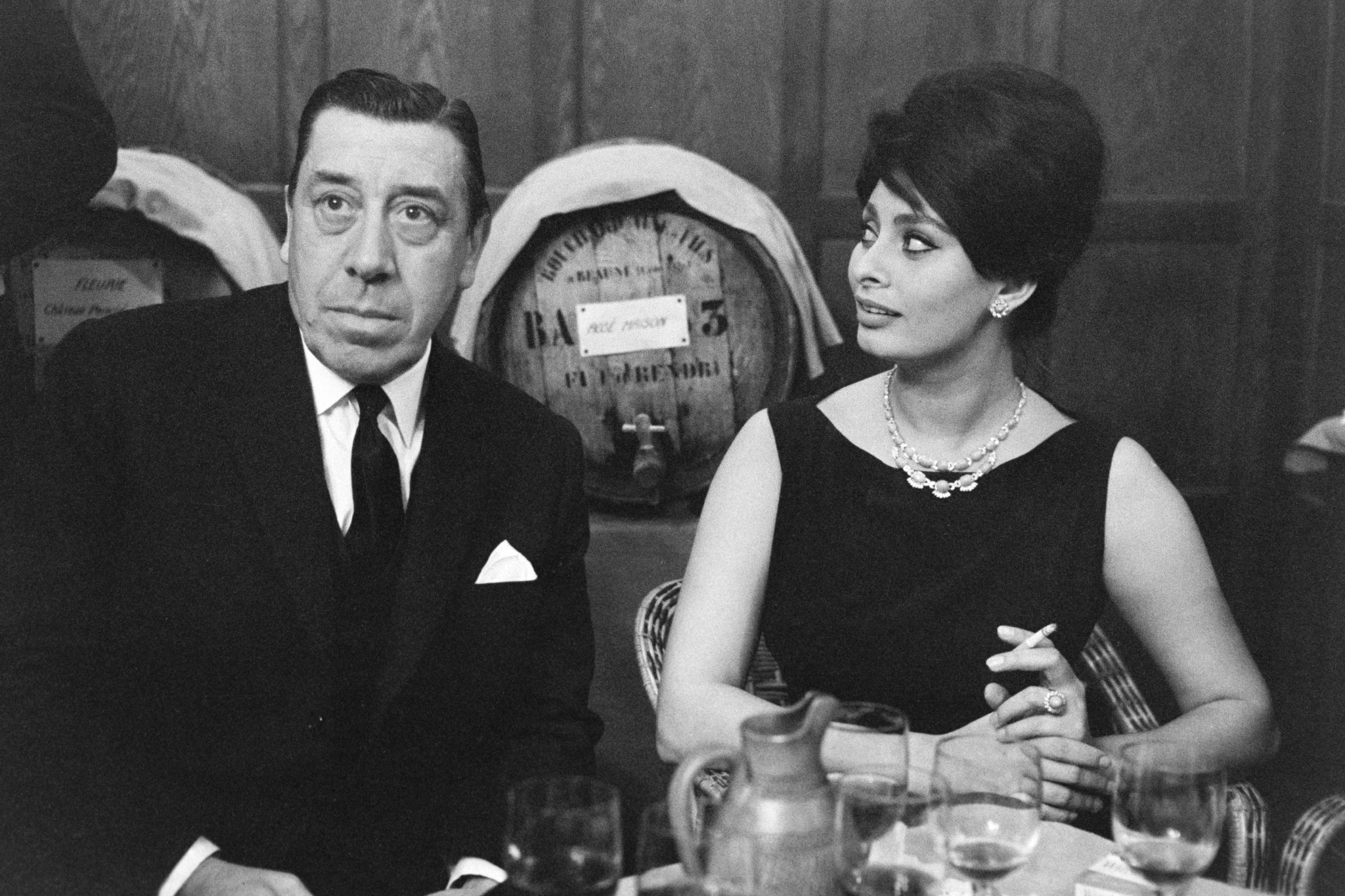
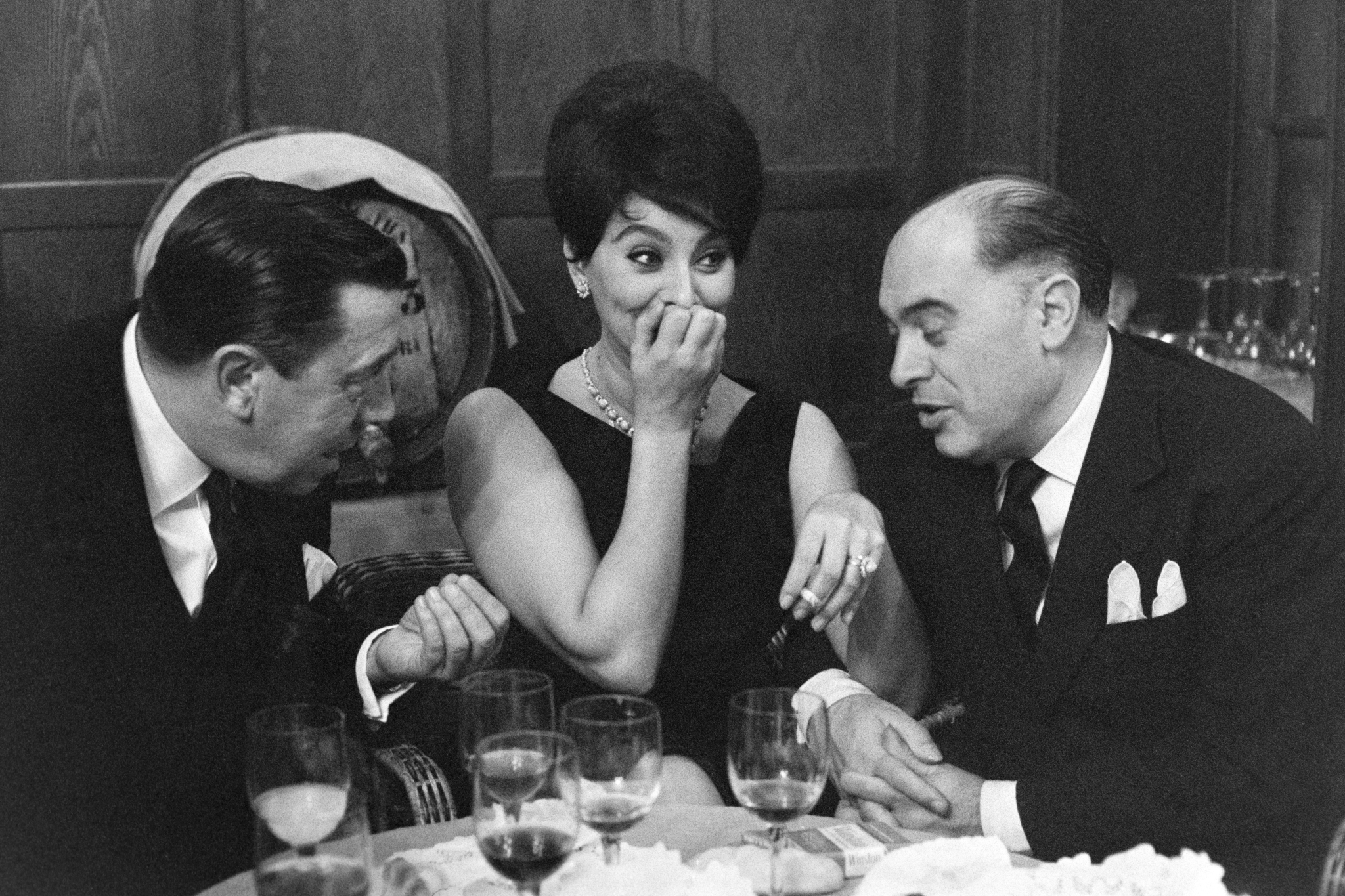
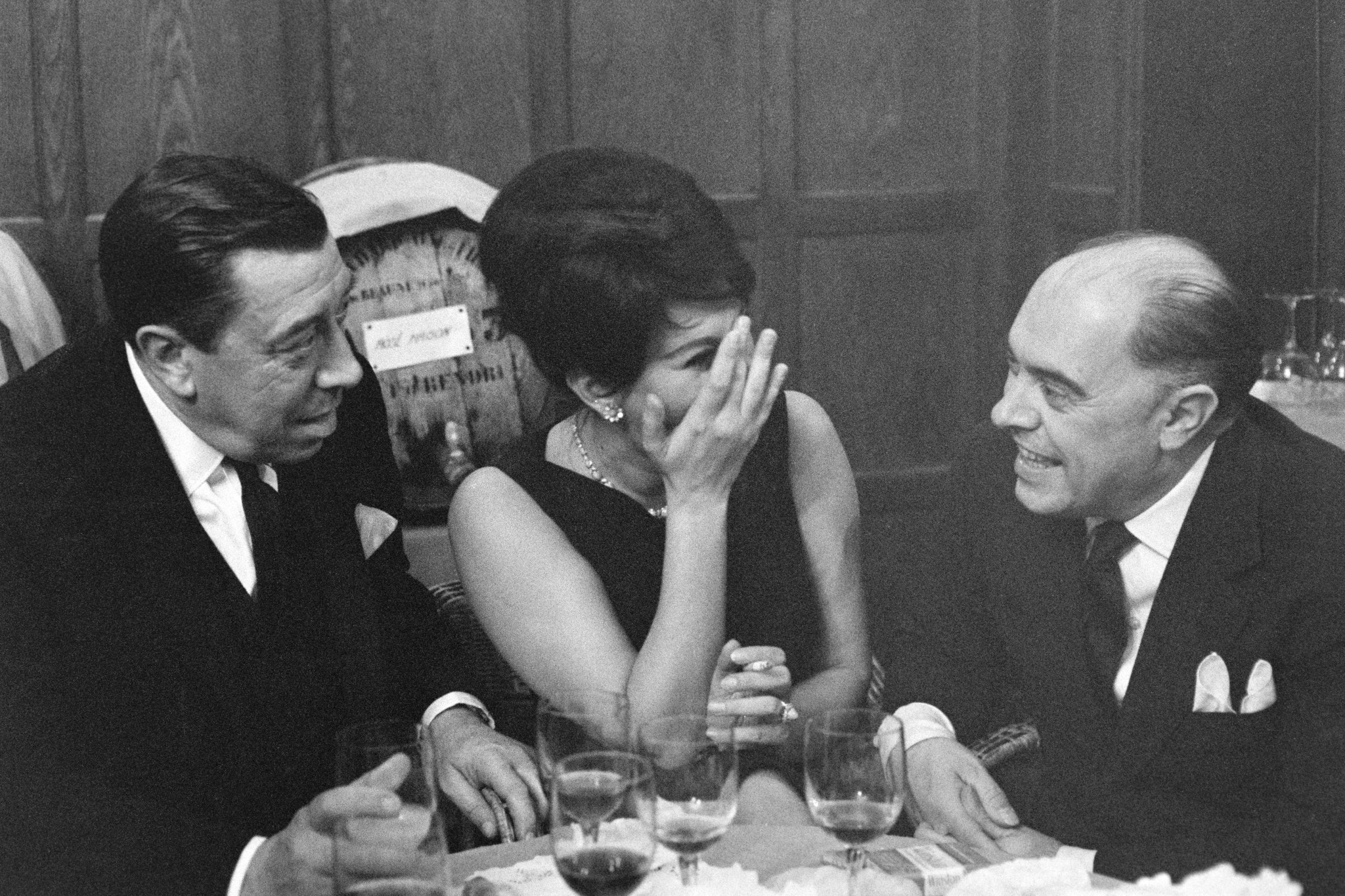
There was an artistic understanding between Pagnol and Fernandel, rooted in their common upbringing in the south of France—Pagnol in Aubagne (Bouches-du-Rhône) and Fernandel in Marseille—and shared belief that the voice of the region deserved to be heard. This was illuminated by Pagnol’s tendency to cast locals in his films, rather than experienced actors. “Pagnol cares very little about technique,” Fernandel once said. “For him, cinema is a way of spreading thought. He has often been criticised for making his characters talk too much, as if in the south people had nothing to say.” If anyone had earned the right to make an extensively talky drama, it was Pagnol, still revered long after his death in 1974 as one of France’s greatest writers. With Fernandel, though, he recognised the limit of words—when to let Fernandel’s unique delivery, charisma, and simple being breathe new life into what was on the page. Fernandel’s ability to stretch every syllable of a word to his own favour, to wring out all the comic potential in a single line of dialogue, to morph his rubber-like face to the beats of the scene as it demanded it, added previously unseen dimensions to Pagnol’s already rich material.” A great actor who leaves nothing in the shade,” said the director, of Fernandel’s inimitable performing prowess. “And plays his face like a master violinist.”
The working relationship between the two was one built on loyalty and true personal connection: not simply a director and his muse, but friends. On another occasion, Fernandel said this of the pair’s creative process: “With Marcel Pagnol, making a film is first of all going to Marseille, then eating some bouillabaisse with a friend, talking about the rain or the beautiful weather, and finally, if there is a spare moment, shooting…” Pagnol’s affinity for Provence was never any secret—in fact, it’s one of his defining characteristics as an auteur. His most famous ode to the south, The Marseille Trilogy (Marius (1931), Fanny (1932), and César (1936), found renewed popularity after receiving the Criterion treatment some years back, while the rest of his extensive filmography is full of sincere stories about the prevailing spirit of Provence, his grasp on such an idea full of familiarity, wholehearted affection, and genuine hope.
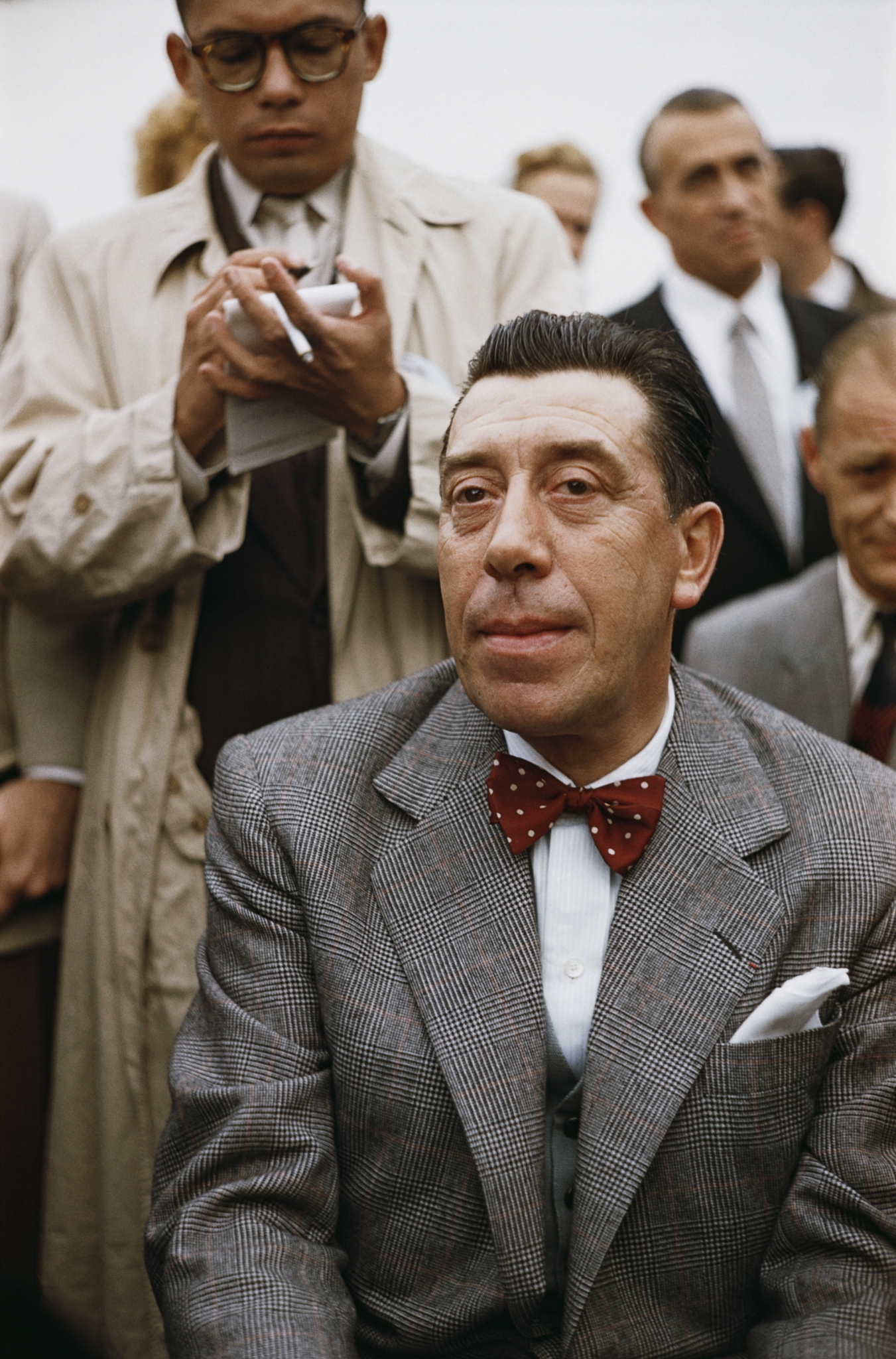
“With Marcel Pagnol, making a film is first of all going to Marseille, then eating some bouillabaisse with a friend, talking about the rain or the beautiful weather, and finally, if there is a spare moment, shooting…” — Fernandel
Their mutual compassion for the provincial working class shone through their collaborations, from Angèle (1934)—in which Fernandel played kind-hearted farmhand Saturin—and The Well-Digger’s Daughter (1940)—as the employee of a well-digger— to Topaze (1951), featuring the actor as a naive but morally honest schoolteacher. Notably, it wasn’t often that Pagnol cast Fernandel as the hero of the story. In Harvest (1937), he played a morally grey, travelling knife-grinder who, maybe for the wrong reasons, takes a peasant girl under his wing to save her from implied prostitution. Even so, the film is one of Pagnol’s sincerest tributes to the endurance of Provencal communities, following Gabriel Gabrio as Panturle, one of only three inhabitants left in an all-but-abandoned farming village, who, after falling in love, pledges to rebuild his dying home. With Harvest, Pagnol couldn’t have been clearer of his love of Provence, opening the film with the crumbling ruins of a barren village and closing it two and a half hours later with the same village triumphantly born anew, all on the merits of love, community, and hard work. “A film of utter serenity and great goodness” said The New York Times’s Frank Nugent of Harvest. “A testament to the dignity of man.” While Gabrio and Orane Demazis (as Arsule, his love interest) provide the film with its essential heart, Fernandel imbues it with rhythm, and does so while leaving breadcrumbs of melancholy in the wake of hilarious line deliveries. “Such is the life of a man,” Pagnol famously said. “Moments of joy, obliterated by unforgettable sorrow.” Fernandel knew how to play the fine line between those two emotions like a harp, and nowhere else did that sensibility feel at home as a Pagnol film set in their magnificent Provence.

